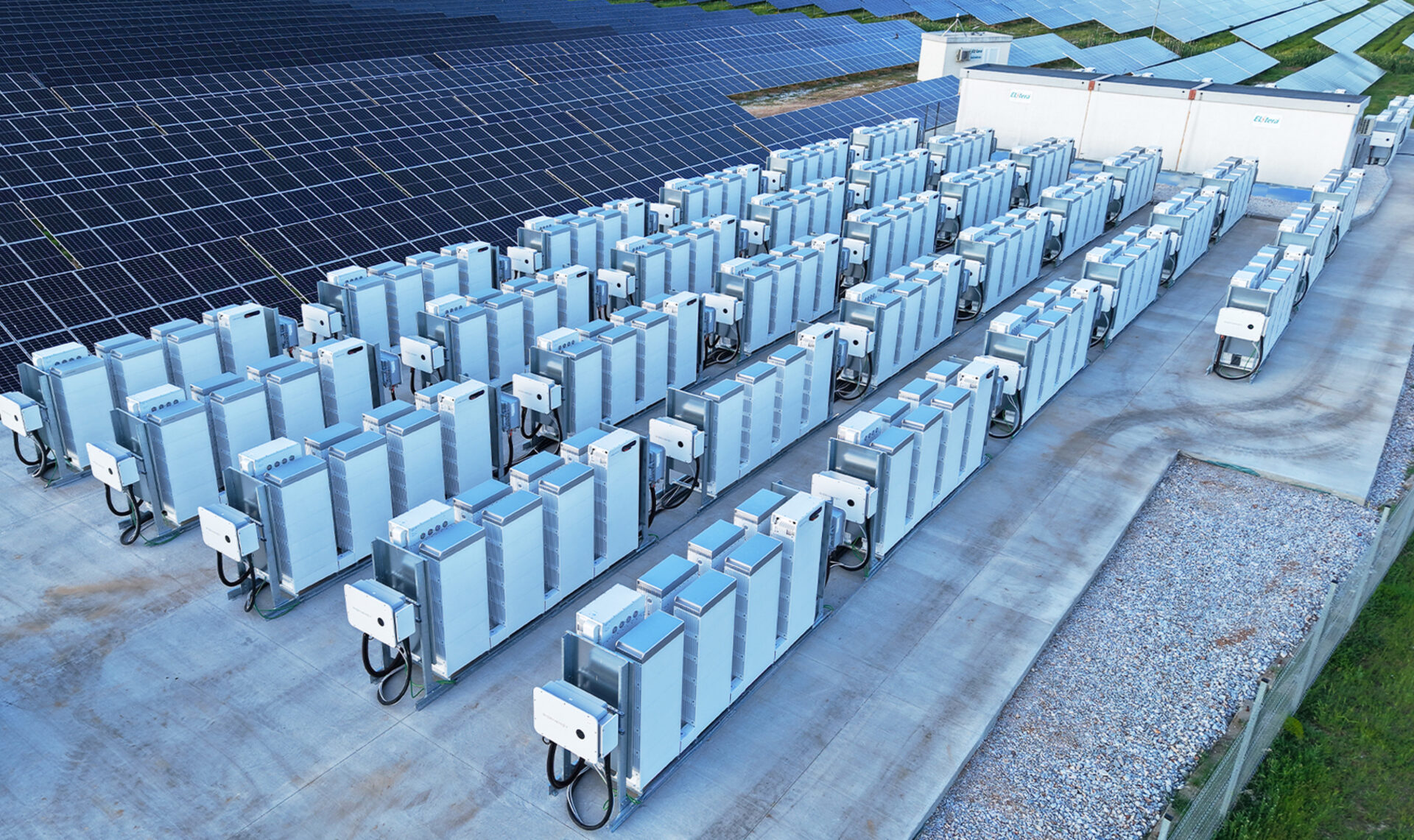"The time to hesitate is through."
It seems that there’s truth to the adage that if you wait for the perfect moment to begin something, it will never arrive. We’re too busy, it’s too complicated, the risk is too high. However, it’s exactly when the stakes are at their highest, as they are with the energy transition, that we no longer have the luxury of hesitation. These two truisms taken together are the motivating factors behind the decision to launch Climate Copy – a content agency for renewables and climate tech, dedicated to telling the stories of the global energy transition.
While Climate Copy will address and serve the broader climate technology sector, solar PV will very much remain at its core. It’s the industry in which we have the most experience, and it is the truly transformational technology that is shaping up to be the central pillar in efforts to decarbonize the global energy system.
The Bottom Line
In spite of our willingness to step into the unknowns of entrepreneurship, there are ominous indicators in the solar industry that point to the timing being, well, less than perfect.
The cost reductions achieved by the solar PV industry assure its place in the energy economy. After close to a decade of steep cost reductions, solar represents the “cheapest … electricity in history,” as declared by the International Energy Agency in its 2020 World Energy Outlook publication. And after a brief hiatus in solar module price declines in 2021 and much of 2022, they crashed again in 2023, further enhancing PV’s competitiveness.
However, this development is a double-edged sword. 2024 sees the solar manufacturing sector heading, at full speed, towards a downturn – with production capacities currently far exceeding demand. In the grips of an oversupply dynamic prices have crashed, leaving some manufacturers struggling to cover costs. Budgets will likely be slashed, bills left unpaid, and impacts will ripple throughout the industry.
Having been immersed in the solar industry over the last, truly transformative, decade is an asset. But it also brings with it baggage. This includes the first-hand experience of the previous manufacturing downturn that shook the industry profoundly and resulted in a host of bankruptcies. They were difficult times, and few would welcome the return of anything similar. I certainly do not.
Climate Copy – a content agency for renewables and climate tech, dedicated to telling the stories of the global energy transition.
The S-Curve
There have also been some less-than-positive forecasts for solar expansion in recent months. In December 2023, analysts Wood Mackenzie tipped that “the global solar growth slowdown will begin.” Michelle Davis, Wood Mac’s global head of solar analysis made the call, noting that “after growth of 28% over the past five years – including 56% growth in 2023 – that annual growth through to 2028 “will be about zero.” The coming four-year period will, Davis notes ominously, include “a few years with contractions.”
Growth in the solar industry, Wood Mac’s Davis says, “is following a typical S-curve.“
The Wood Mac analysis has been criticized by solar industry advocates, who note that the organization is more adept in providing accurate forecasts for the oil and gas sector than for renewables. They argue that new markets for PV will emerge, and new applications will be unlocked. They point to solar manufacturers' uncanny ability to reduce costs while pushing conversion efficiencies higher. But the forecast does point to a level of market saturation in more mature PV marketplaces like Europe and China. And it should be noted that Wood Mac isn’t entirely alone. BloombergNEF, which has long been bullish on solar (and frequently right in doing so) expects solar deployment to grow from around 390 gigawatts (GW) in 2023 up to 470 GW in 2024, under its conservative scenario, before flattening off to around 490 GW in 2025 – the latter miserly year-on-year growth of 5%.
Role of Policy
Public policy will no doubt play a significant role in the shape of solar industry growth over the next few years. The energy transition and efforts to avert catastrophic climate change are guided by national policies, clearing the way for the adoption of clean technology, and international action – to create incentive structures for climate-positive investment decisions to be made.

In this light, the outcome of the COP28 negotiations in the United Arab Emirates provided some reasons to be hopeful. While the hosting of COP28 in a predominately oil-and-gas dominated country, the final “UAE Consensus” document’s lack of a deadline for fossil fuel phase out, and support for gas and carbon-capture-and-storage (CCSU) technology all drew criticism, the 2030 target for renewables was a bright spot.
The final COP28 text called for tripling of renewables by 2030. This, the Global Renewables Alliance noted, “represents the first time the technology’s positive impact and climate saving potential has been recognized by all nations.”
Consultants McKinsey says that the commitment represents “an unprecedented scale-up” of renewable capacity to around 1,000 GW a year – something solar is well-and-truly on track to achieve. It describes the required growth as “hyperscaling,” particularly as it applies to renewable energy enablers like long-duration energy storage.
In an era of “hyperscaling” messaging, engaging and inspiring content becomes crucial. And as solar approaches high levels of market saturation in countries in which it is mature, mainstream community acceptance and social license will be essential.
These are key components to the purpose of Climate Copy; telling the stories of the climate technology innovators, producers, developers, and practitioners, as they surge past the energy incumbents.
The time, it seems, might be right after all.




